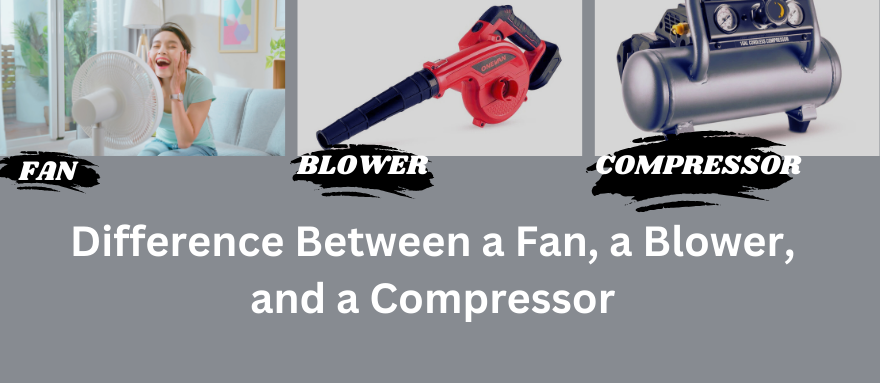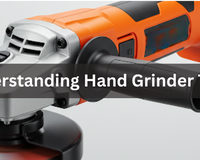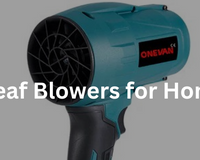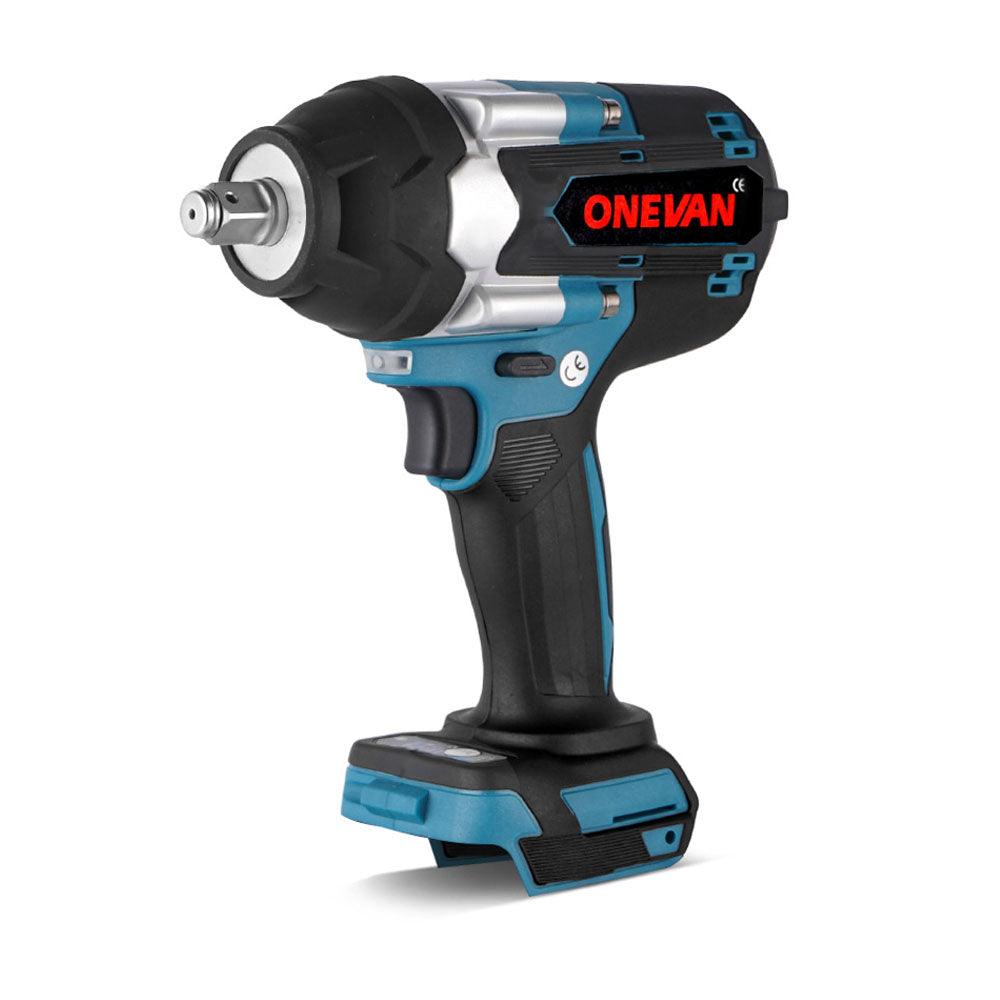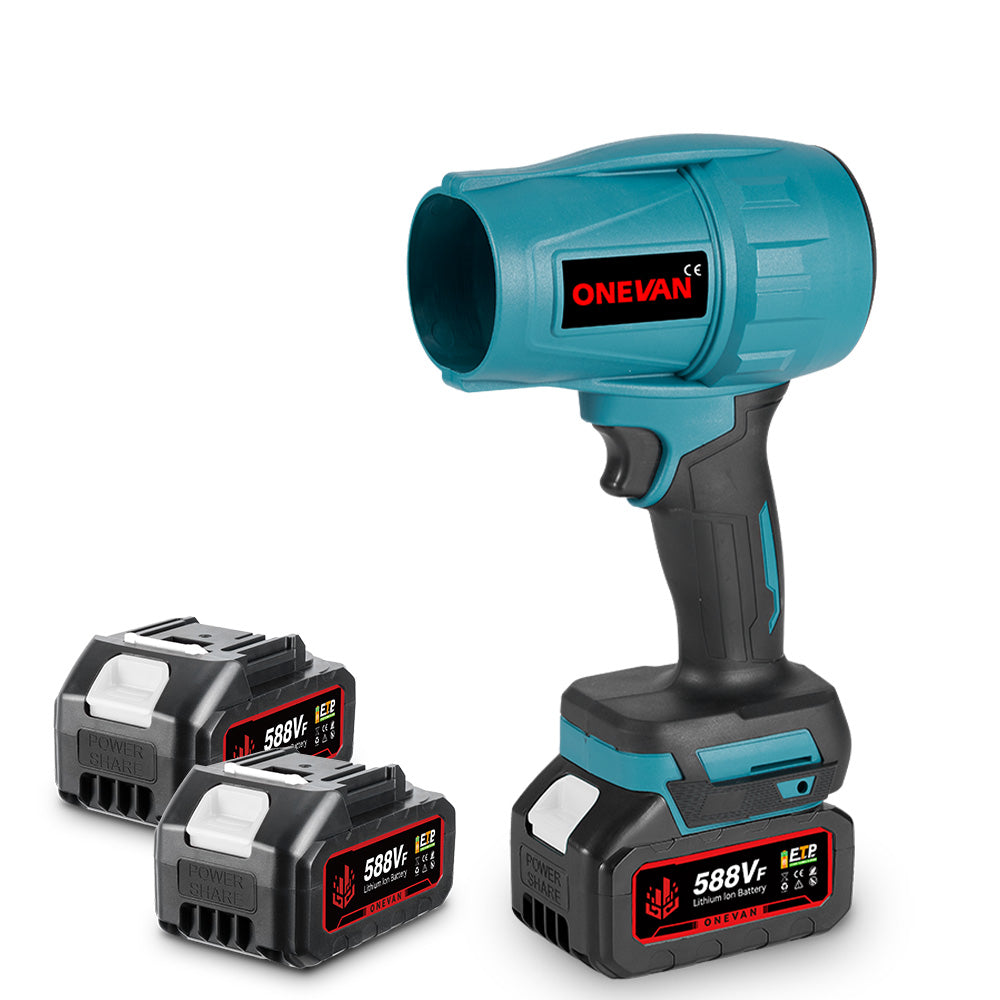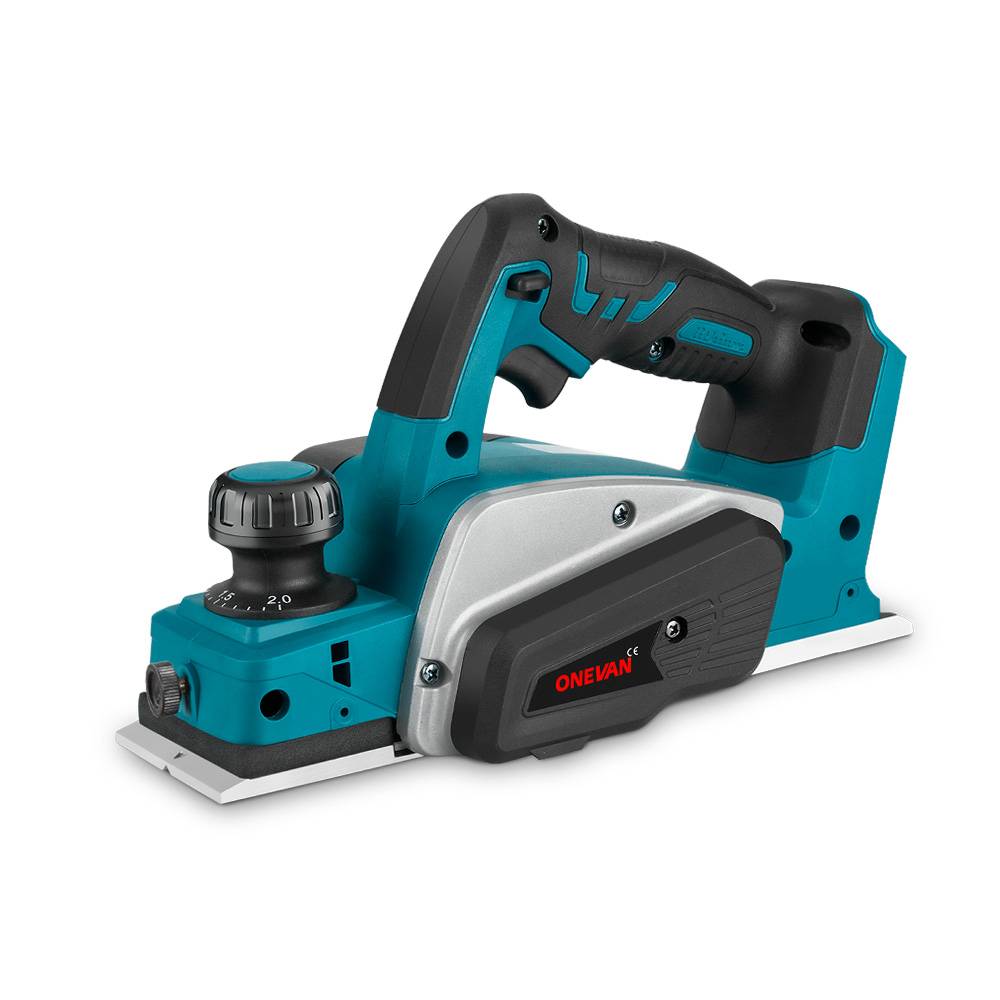We encounter devices designed to move air or gas in various industrial and everyday applications. These devices, broadly categorized as fans, blowers, and compressors, play essential roles in ventilation, cooling, and various industrial processes. They all work on a common mechanism of fluid movement. However, they are differ significantly. Such as their operating principles, pressure ratios, and applications.
In this article, you will get first-hand knowledge of the differences between this equipment. The focus will include cordless blowers, among other tools. The aim is to comprehensively understand their functionalities and aid in their selection for specific tasks.
1. What is a Fan?
A fan is a mechanical device. It creates airflow for cooling and ventilation. It is used to cool people or spaces, circulate air, and even help dry things. Fans work by moving a lot of air at a low pressure, which means they create a gentle breeze rather than a powerful blast of air.
Fans are used for various purposes:
- Factories
- Mines
- Tunnels
- Power plants
- Data centers
- Server rooms
- Commercial kitchens
How a Fan Works
You can understand this process in the following four steps:
- Electric current passes through the fan's motor.
- The motor converts electrical energy into mechanical energy.
- The mechanical energy rotates the fan blades.
- As the blades spin, they draw air in and push it out.

Types of Fans
There are several types of fans, each with unique characteristics:
Axial Fans
Axial fans are like propellers that move air. They have blades that spin about a central point. These blades push the air in a straight line, creating a steady airflow. You see axial fans everywhere, from ceiling fans and desk fans to the ones cooling your computer. They're really good at moving a lot of air, but they generate relatively low pressure.
- Ceiling fans
- Box fans
- Computer cooling systems
- Air conditioners
- Exhaust fans
- Industrial ventilation systems
Centrifugal Fans
Think of a hamster wheel; however, instead of a hamster, centrifugal fans have curved blades that spin around. As the blades revolve, they draw air in and expel it at a 90-degree angle. Following that, the rotational momentum throws the air out sideways at a 90-degree angle. It creates a more focused and powerful air stream compared to axial fan.
Simply put, an axial fan gives you gentle air, while a centrifugal fan gives you more of a whoosh!
- Air conditioning systems
- Hair dryers
- Vacuum cleaners
- Industrial blowers
- HVAC systems
- Dust collection systems
Mixed Flow Fans
Mixed flow fans are like a hybrid. They have the best parts of axial fans and centrifugal fans and give combined force.
- Axial fans push air in a straight line.
- Centrifugal fans push air outwards.
- Mixed-flow fans push air a little bit both ways!
- Heating, ventilation, and air conditioning (HVAC) systems
- Industrial drying systems
- Paint booths
- Fume exhaust systems
- Commercial HVAC systems
Crossflow Fans
Crossflow fans are slightly different from the other fans we've discussed. It's like the air is passing through a tunnel of spinning blades.
These fans create a comprehensive, thin sheet of airflow, like a gentle curtain of air. They're not super powerful but great for creating a consistent flow over a large area.
- Small appliances
- Automotive applications
- Car ventilation systems
- Heating radiators
- Evaporators
Bladeless Fans
Bladeless fans look different. They don't have blades that you can see. They use a hidden fan inside. The hidden fan pulls air in, which goes out through a ring. This makes a smooth flow of air. Bladeless fans are safe and quiet, and they are easy to clean.
- Modern, energy-efficient, and sleek designs
- Desk fans
- Tower fans
- Portable air purifiers
- Space heaters
Comparison of Fan Types: Noise Level
|
Fan Type |
Noise Level |
|
Axial Fans |
Low to moderate (20-60 dB) |
|
Centrifugal Fans |
Moderate to high (40-80 dB) |
|
Mixed Flow Fans |
Moderate (30-60 dB) |
|
Crossflow Fans |
Low (20-40 dB) |
|
Bladeless Fans |
Very low (10-30 dB) |
2. What is a Blower?
A blower is a mechanical device. It moves air or gas. Unlike a fan, which creates cool air, a blower generates a more powerful and concentrated stream of air. Let’s define it in more simple words. For instance, a simple fan generates normal air. However, a blower creates a strong wind. Blowers are designed to move air at a moderate pressure. This feature makes them suitable for multiple applications where fans are not powerful enough.
How a Blower Works
Blowers work by increasing the speed and volume of air or gas. They typically use an impeller. It is a rotating component with blades that accelerate the air. This fast-moving air is directed through a nozzle or outlet, creating a focused stream. This process creates a focused stream of air.

Types of Blowers
There are several different types of blowers. Each serve different purpose. Here are a few common types:
Centrifugal Blowers
The features of centrifugal blowers are quite alike to those found in centrifugal fans. Although, they produce greater pressures. A rotating impeller with curved blades is what they use. The intention is to ingest air and then fire it in a perpendicular direction. This brings about a solid, directed stream of air. Industrial applications, particularly, commonly depend on centrifugal blowers:
- Ventilation systems
- Dust collection systems
- And pneumatic conveying systems.
Rotary Lobe Blowers
Rotary lobe blowers, also known as positive displacement blowers, use two rotating lobes to move air. These lobes mesh together like gears. They trap air and force it through the blower. This creates a pulsating flow of air at a constant pressure. Rotary lobe blowers are often used in applications where a consistent pressure is paramount, such as:
- Wastewater treatment
- And pneumatic conveying.
Regenerative Blowers
Regenerative blowers are also known as side-channel blowers. They use a unique impeller design to generate high pressures. The impeller has multiple blades that create a vortex of air. It increases its pressure. Regenerative blowers are known for their compact size and energy efficiency. They are commonly used in:
- Vacuum cleaners
- Air knives
- And medical equipment.
Axial Flow Blowers
Axial flow blowers are similar to axial fans. However,they generate higher pressures. They use an impeller with blades that rotate around a central axis, pushing air in a straight line. Axial flow blowers are often used in:
- Ventilation systems
- And cooling systems.
Recommended Product
The ONEVAN High Pressure Cordless Garden Hairdryer is a powerful and convenient tool for cleaning up your yard, garage, or even inside your home. It has a powerful motor rated at 4500W.It can move a lot of air quickly (8.8m³/min max air volume) and create a high wind speed of 150m/s. You can effortlessly clean leaves, debris, and drying surfaces. It's also cordless, so you can easily take it anywhere. The ergonomic design provides a seamless grip. Simultaneously, it has six different settings for different jobs.
3. What is a Compressor?
A compressor is a mechanical tool. Compressors squeeze air to increase its pressure. Like pumping up a tire: The interior pressure rises as you continue to blow air in. A compressor performs the same operation but on a larger, more capable scale. In many situations, compressors are necessary. As a case in point, it energizes pneumatic tools, inflates tires, cools refrigerators, and runs industrial operations.
How a Compressor Works
Compressors work by decreasing the gas volume, thereby raising its pressure." This is accomplished through various mechanisms, all aimed at compressing gas to increase its pressure. This gas, concentrated and high-pressured, is appropriate for various purposes.
Types of Compressors
Different compressors exist, each having its unique way of gas compression. Here are some of the most common ones:
Reciprocating Compressors
Reciprocating compressors compress gas. They move a piston inside a cylinder backward and forward. They pull in gas and compressing it during its forward motion. Their versatility allows them to generate high pressures, making them applicable for diverse industrial and commercial uses.
Rotary Compressors
In rotary compressors, gas compression takes place through elements that rotate. They range in design, all featuring their approach to achieving compression. Some common types include:
Rotary Vane Compressors
These compressors have a rotor fitted with sliding vanes that glide up against the sides of a cylindrical chamber. When the rotor spins, the vane captures the gas and compels it to press against the chamber wall for compression. Rotary vane compressors are known for their quiet operation and are commonly used in air conditioning and refrigeration systems.
Rotary Screw Compressors
These compressors take advantage of two interlocking helical screws to effectuate gas compression. As the screws turn, they catch gas and decrease its volume, raising the gas pressure. The union of efficiency with reliability results in rotary screw compressors becoming a preferred solution in industrial scenarios.
Centrifugal Compressors
Using a quick impeller in centrifugal compressors allows for the radial acceleration of gas, raising both its velocity and pressure. They are suitable for use in oil and gas applications, chemical processing, and power generation.
Scroll Compressors
Two spiral scrolls mesh together in scroll compressors to facilitate gas compression. While the scrolls rotate, they trap gas and direct it toward the middle, increasing its pressure. Scroll compressors are appreciated for their efficient and smooth operational performance, which has made them popular in areas like air conditioning and heat pumps.
Diaphragm Compressors
Gas compression occurs via a flexible diaphragm in these compressors. The diaphragm oscillates between moving inward to gather gas and outward to compress it against a fixed surface. These compressors tend to be found in medical and laboratory settings.
Recommended Product
The ONEVAN 4L Oil-free Portable Compact Air Compressor is a handy tool for home and workshop use. It is compact and easy to lead around. It can pump air up to 120 PSI. This enables it to work on many things, such as deflating tires or using tools including nail guns. Its 1-gallon tank is an appropriate size for little jobs. You can relax about oil changes since this device is oil-free. What’s more, its noise levels stand at 68 dB.
4. Differences Between Fans, Blowers, and Compressors
|
Characteristic |
Fan |
Blower |
Compressor |
|
Definition |
Fan moves air at low pressure. |
Blower moves air at moderate pressure. |
Compressor significantly increases the pressure of a gas. |
|
Primary Function |
Circulates air for cooling, ventilation, or drying. |
Provides a focused stream of air for various applications. |
Compress gas to high pressures for industrial and commercial uses. |
|
Working Mechanism |
Rotating blades push air. |
Impeller accelerates and directs air. |
Various mechanisms (reciprocating, rotary, etc.) compress gas. |
|
Airflow Direction |
Primarily axial (parallel to the axis of rotation) |
Can be axial, centrifugal, or a combination. |
Varies depending on the type of compressor. |
|
Pressure Ratio |
Up to 1.11 |
1.11 to 1.20 |
Greater than 1.20 |
|
Volume of Air Moved |
High |
Moderate to high |
Lower than fans but higher than blowers |
|
Common Types |
Axial, centrifugal, mixed flow, crossflow, bladeless |
Centrifugal, rotary lobe, regenerative, axial flow |
Reciprocating, rotary screw, rotary vane, centrifugal, scroll, diaphragm |
|
Typical Applications |
Cooling, ventilation, drying, household appliances |
HVAC systems, industrial processes, pneumatic conveying, leaf blowers |
Refrigeration, air conditioning, pneumatic tools, |
|
Energy Efficiency |
Generally high |
Moderate |
Varies depending on the type and size. |
|
Noise Levels |
Generally low |
Moderate to high |
High, especially for larger industrial compressors. |
|
Portability |
Highly portable (e.g., desk fan, cordless blower) |
Varies; some are portable, others are stationary. |
Varies; some are portable (e.g., air compressors), others are large and stationary. |
|
Maintenance Requirements |
Low |
Moderate |
Higher, especially for complex compressor types. |
|
Initial Cost |
Generally low |
Moderate |
Higher than fans and blowers |
|
Operational Cost |
Low |
Moderate |
High for large industrial compressors. |
|
Durability |
Moderate |
High |
High |
|
Size and Weight |
Wide range, from small to large |
Wide range |
Wide range |
|
Power Source |
Electricity, battery |
Electricity, fuel (for some types) |
Electricity, fuel, compressed air |
|
Ease of Use |
Generally easy to use |
Varies depending on the application. |
Varies depending on the application. |
|
Environmental Impact |
Generally low |
Moderate |
Can be significant for some types due to energy consumption and potential for refrigerant leaks. |
|
Key Components |
Blades, motor, housing |
Impeller, motor, housing, bearings |
Pistons, cylinders, rotors, vanes, scrolls, diaphragms, valves, etc. |
5. How to Choose Between a Fan, Blower, and Compressor
What is the right tool for you from the above-mentioned list?? Generally, you have three main options: fans, blowers, and compressors. Each one has its individual strength and is suited for specific task. Here's a guide to help you make the best choice:
1. Consider the Pressure Required:
- Low pressure: It is good to make gentle breeze, a fan is the way to go.
- Moderate pressure: For tasks like leaf blowing, drying surfaces, or some industrial processes, a blower provides the necessary force.
- High pressure: When you need compressed air for power tools, inflating tires, or industrial equipment, a compressor is essential.
2. Think About the Volume of Air:
- High volume: Fans excel at moving large volumes of air at low pressures.
- Moderate volume: Blowers can handle a decent volume of air at moderate pressures.
- Lower volume: Compressors typically move a smaller volume of air but at much higher pressures.
3. Factor in Portability and Power Source:
- Fans: Often lightweight and portable, especially those with battery options.
- Blowers: Blowers can be cordless, operating on rechargeable batteries.
- Compressors: Range from small portable units to large industrial ones. Consider power sources like electricity, gas, or even compressed air for some models.
4. Evaluate Noise Levels and Energy Efficiency:
- Fans: Generally quiet and energy-efficient.
- Blowers: Can be louder and consume more energy than fans.
- Compressors: Noise and energy consumption vary depending on the type and size.
Here's a quick look at some common applications and the recommended tool:
- Indoor Ventilation:Fan (e.g., ceiling fan)
- Lawn Maintenance:Blower (e.g., ONEVAN cordless leaf blower)
- High-Pressure Tools:Compressor
- Industrial Cooling:Fan (e.g., large industrial fans)
- Drying Processes:Blower
- Automotive Repair:Compressor
- Construction Sites:Compressor
- Electronics Maintenance:Blower (e.g., ONEVAN cordless blower for dusting)
- Aquarium Equipment:Compressor
- Food Processing:Blower
6. Conclusion
Fans, blowers, and compressors all manipulate air, but each does so differently. However, each executes it in different ways. Fans create a gentle air, blowers give you a stronger gust, and compressors squeeze air to make it really powerful.
Think about what you need to do. Do you want to cool a room, blow leaves, or use power tools? This will help you choose the right tool.
Remember that fans are good for gentle airflow, blowers are best for stronger air movement, and compressors are for when you need high-pressure air. Each one has its own special job!
7. FAQs
1. What are the typical power sources for fans, blowers, and compressors?
The typical power sources for these devices are:
- Fans: Electricity (AC or DC), batteries (portable fans).
- Blowers: Electricity (AC or DC), gasoline (portable blowers), natural gas (heating applications).
- Compressors: Electricity (AC or DC), gasoline, diesel, natural gas (industrial compressors).
2. How do noise levels compare among fans, blowers, and compressors?
Noise levels vary significantly:
- Fans: Generally quiet (20-60 dB).
- Blowers: Moderately loud (50-90 dB).
- Compressors: Typically the loudest (70-110 dB).
3. Can fans, blowers, and compressors be used interchangeably?
No, they serve distinct purposes:
- Fans provide gentle airflow for cooling and ventilation.
- Blowers deliver forced airflow for specific applications.
- Compressors compress air for storage or power tools.
Using the wrong device can lead to suboptimal performance and potential damage.
4. What are energy efficiencies among fans, blowers, and compressors?
Energy efficiency varies:
- Fans: Generally energy-efficient (especially DC-powered).
- Blowers: Moderate energy efficiency (dependent on application).
- Compressors: Often less energy-efficient due to compression.
Focus on tools with Energy Efficiency Ratings or certifications like ENERGY STAR.
5. How to select right size of a fan, blower, or compressor?
Consider:
- Space size (square footage).
- Airflow requirements (CFM).
- Pressure needs.
- Power source availability.
- Noise constraints.
Consult your manual, industry standards, or seek expert advice.
6. Can we use these tools in industrial settings, and if so, how?
Yes, all three are used in industrial settings:
- Fans: Ventilation, cooling, and drying applications.
- Blowers: Heating, cooling, drying, and material handling.
- Compressors: Powering pneumatic tools, spraying, and cleaning.

